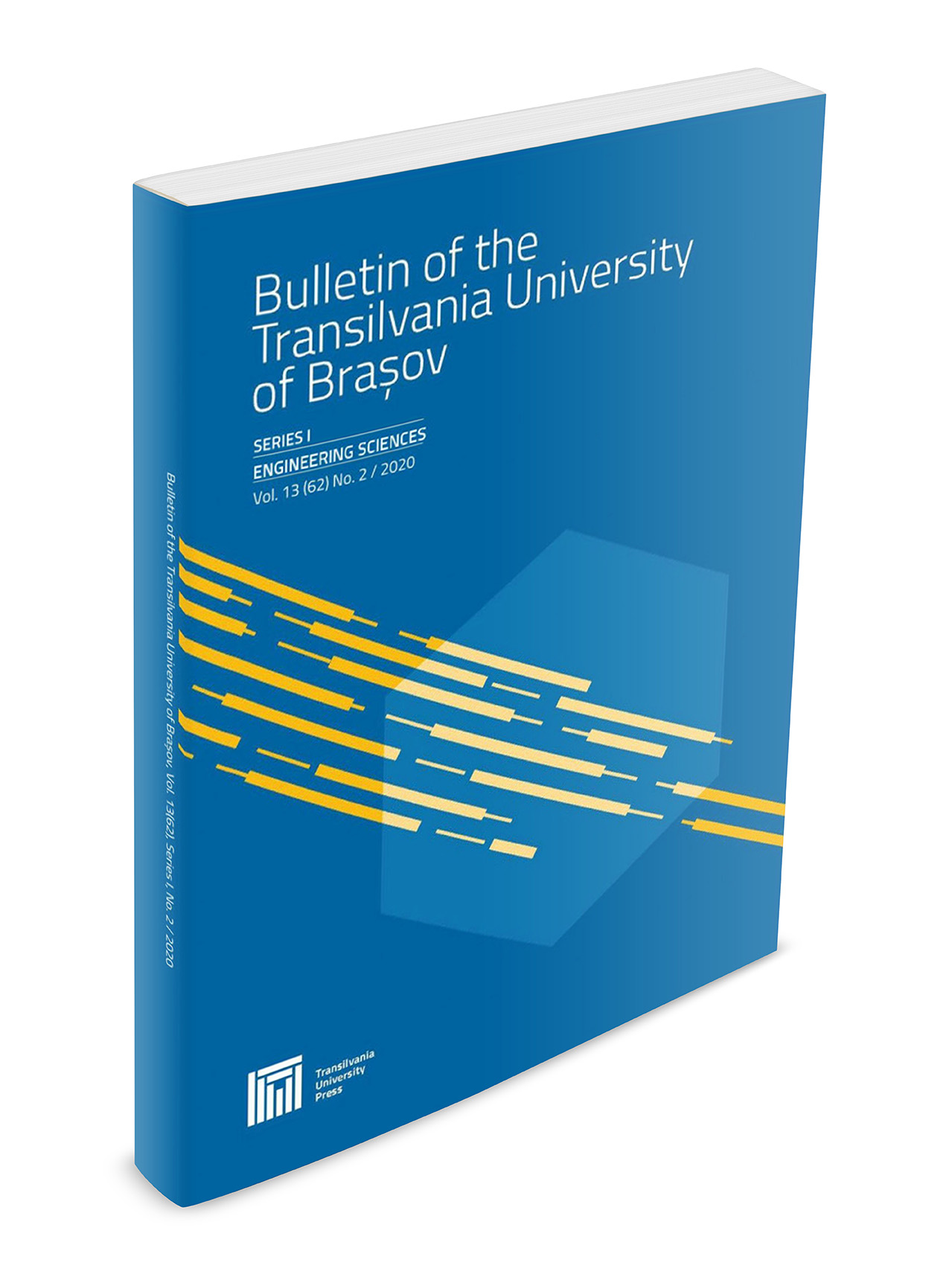On the structure of molded steel thermic
Keywords:
ferrite, micro-alloying, micro-segregation, microstructures, thermiteAbstract
The thermic welding steel used railway tracks and is obtained by burning thermite on the basis of aluminothermic reaction between iron oxide and aluminum, which are conducted by the reactions shown in relations 1-3. Through these specific redox reactions resulting iron slag (Al2O3 - formula hereinafter referred corundum) and a significant amount of heat quantity generated. The thermite is a mixture of metal powders that contains mainly iron oxides (FeO, Fe2O3, Fe3O4), aluminum powder, ferroalloys, and moderators of response. The reaction moderators are added to the slag separation in a short time and improve the flowability of the molten metal. The exothermic burning of thermite reaction has developed temperatures between 2500 and 3000 ºC. [1] The reaction is very violent combustion and primed by firing a magnesium strip (the ignition temperature (the flash point) of the thermite is 1550 ºC) and does not need supplemental oxygen for further combustion reaction that once started the content in any kind of the environment.Downloads
Published
2015-02-03
Issue
Section
RAILWAYS, ROADS AND BRIDGES




